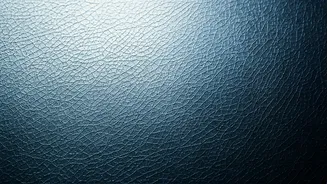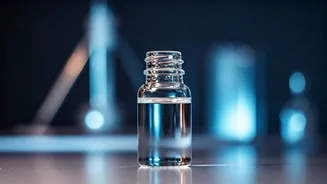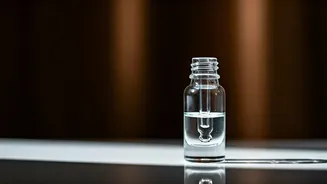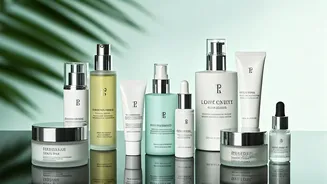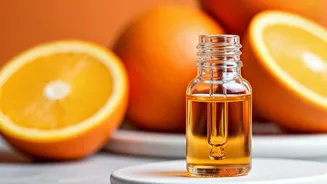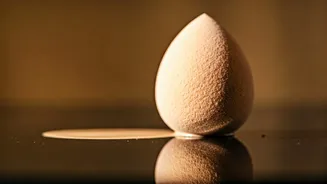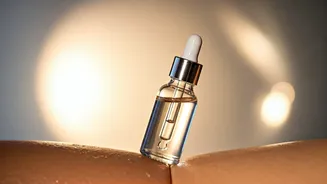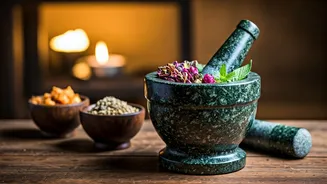What is Glass Skin?
The term 'glass skin' refers to a complexion that is incredibly smooth, radiant, and appears almost translucent, resembling glass. It's a skincare goal
that originated in South Korea and has rapidly spread across the globe. Key characteristics include minimal pores, even skin tone, and intense hydration, creating a luminous and youthful appearance. Achieving glass skin involves a multi-step skincare routine, often incorporating gentle cleansing, exfoliation, hydration, and sun protection. The focus is on creating a healthy skin barrier and boosting natural radiance rather than covering imperfections. The Korean beauty philosophy emphasizes long-term skincare habits and consistency in order to obtain the desired effects, and it is a popular trend that many people are trying to attain.
Indian Skin: Unique Traits
Indian skin, which encompasses a broad range of ethnicities and skin tones, typically presents some distinct characteristics that influence skincare choices. Many individuals have a greater propensity for melanin production, leading to variations in skin tone, including darker complexions. This higher melanin content provides some natural protection against sun damage but also makes Indian skin more susceptible to hyperpigmentation and uneven skin tone. Additionally, Indian skin can be prone to dryness or oiliness, and often shows sensitivity to certain ingredients. Factors like humidity and climate also play a significant role. Therefore, when approaching skincare routines, one should carefully take these factors into account to ensure effectiveness and avoid potential harm. For Indian skin, specific skincare considerations are important to keep in mind, and some products are more likely to have positive results.
The Glass Skin Routine
The classic glass skin routine typically involves multiple steps, each contributing to the ultimate goal of a smooth, glowing complexion. It usually begins with a gentle cleanser to remove impurities without stripping the skin of its natural oils. Next comes exfoliation, which uses chemical or physical methods to slough away dead skin cells and reveal a brighter surface. Toner is essential to balance the skin's pH and prepare it for subsequent products. Next comes essence, which is a hydrating, lightweight product. Serums, packed with potent ingredients like Vitamin C, hyaluronic acid, or niacinamide, target specific skin concerns. A moisturizer provides essential hydration and helps lock in the benefits of other products. Sunscreen is the final step, protecting the skin from harmful UV rays. Each step in a glass skin routine is essential, helping to build up to the coveted smooth, radiant complexion.
Products and Ingredients
Korean skincare often emphasizes ingredients known for their hydrating, brightening, and soothing properties. Hyaluronic acid is a key player, drawing moisture into the skin. Niacinamide helps minimize pores and even out skin tone. Vitamin C offers antioxidant protection and promotes brightness. Centella asiatica, or Cica, is valued for its calming and anti-inflammatory effects. Rice water and green tea extracts, popular in Korean formulations, are known for their antioxidant and soothing properties. For Indian skin, the choice of products should be careful to avoid potential issues. When it comes to ingredients, the focus needs to be on formulas that are non-comedogenic and free from ingredients that may trigger sensitivity. This is crucial for avoiding breakouts and ensuring that the skin remains in optimal condition.
Challenges for Indian Skin
Achieving glass skin might be more difficult for some people with Indian skin due to several factors. Higher melanin production can lead to increased hyperpigmentation and the potential for dark spots, which can be challenging to manage. The use of certain ingredients and harsh treatments may cause skin irritation or inflammation, making it difficult to achieve an even skin tone. Moreover, the environmental climate in India, with its humidity and pollution, can present an additional challenge. These factors can sometimes lead to clogged pores and increase the risk of breakouts. The difference in skin type and the harsh environmental factors can also be factors in how well the Korean beauty method works on Indian skin.
Potential Side Effects
The use of certain skincare products, especially those containing strong actives or those that are not suited for Indian skin types, can bring possible side effects. Excessive exfoliation can damage the skin barrier, leading to dryness, sensitivity, and redness. Products that are not formulated for Indian skin may worsen hyperpigmentation or lead to breakouts and clogged pores. Overuse of certain ingredients, such as retinoids or high concentrations of acids, could cause irritation. It's essential to introduce new products gradually, perform patch tests, and consult with a dermatologist. This is essential for monitoring and managing the skin's reaction, especially when experimenting with powerful ingredients. Always being mindful of any adverse changes can help in preventing more severe skin problems.
Tips for Indian Skin
If the goal is to obtain glass skin for Indian skin, there are some useful strategies to consider. First, embrace a gentle skincare routine: This should emphasize gentle cleansing, hydration, and sun protection. Opt for products designed for sensitive or combination skin to reduce the risk of irritation. Incorporate antioxidants like Vitamin C to help brighten the complexion and protect against environmental damage. Regularly use a broad-spectrum sunscreen with an SPF of 30 or higher to prevent hyperpigmentation. Regular chemical exfoliation may also be a helpful step. Professional guidance is invaluable. Consulting with a dermatologist who specializes in Indian skin can help create a personalized skincare regimen. Furthermore, being patient is very important as achieving the desired results often takes time and consistency.
